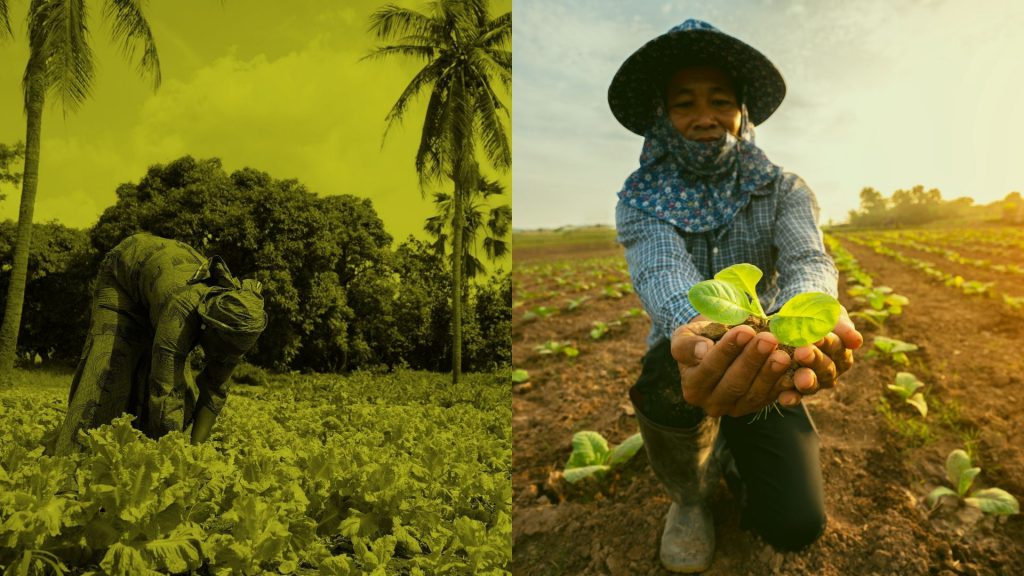Field crop companies concentrate on universal crops like maize, rice, sorghum, soybean and sunflower, which are amenable to hybridization or, in the case of soybean, GM. Millets seem to be attracting increasing attention. However, the companies show very limited activities in other important field crops such as wheat, legumes and potato. This leaves an important gap in index regions from a food and nutrition security perspective.
Maize is generally regarded as the main business driver of the seed industry. Six of the seven field crop companies have maize in their portfolio. Corteva Agriscience reports that maize is its most important crop in all index regions. For Advanta and Limagrain, maize is a main crop in two regions. In contrast, wheat is part of the portfolio of six companies, but no company indicates it is a main crop in index regions.
Furthermore, sorghum, millets and rice are in the portfolios of five companies. Advanta reports that sorghum is among its top three crops in three regions. Corteva Agriscience reports that pearl millet is one of its top three crops in South and Southeast Asia. Bayer states that rice is one of its top three crops in both South and Southeast Asia and Western and Central Africa. Also for Advanta, rice is one of its main crops in South and Southeast Asia.
Soybean is in the portfolio of seven companies and is a main crop for Corteva Agriscience, Limagrain and Bayer. Sunflower is found in the portfolio of five companies and is a main crop for Advanta and Corteva Agriscience.
Legumes are largely missing. Syngenta has several legumes in its portfolio, but no further information was provided as to whether the company sells these crops in index countries. Corteva Agriscience has dry beans in its portfolio in Africa.
Information is also lacking on potato and sesame, two other important field crops for smallholder farmers in index countries. While KWS has sold its potato program in 2016, it is notable that vegetable seed company Bejo recently started marketing a potato variety grown from true seed rather than seed potatoes in Africa. Despite its importance, sesame does not appear to be a crop of interest for global seed companies, although Syngenta lists it in its portfolio without any further details.
